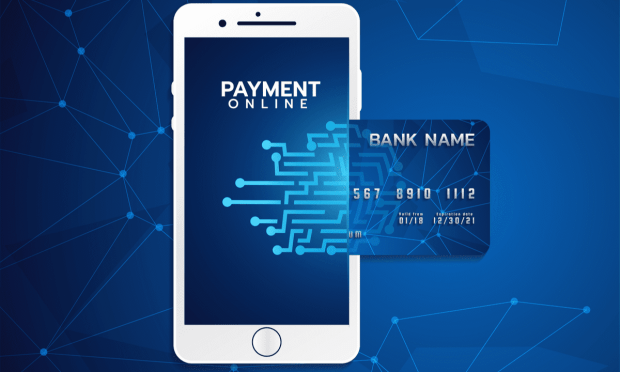Deep Dive: The Virtual Card Convenience And Security Pitch

Consumers who are staying at home during the pandemic still need to be able to acquire new debit cards and replace ones they have lost, but waiting days or weeks for cards to arrive in the mail is an inconvenience no one can afford. Businesses are confronting similar problems as they seek to provide work-from-home employees with the tools they need to make expenditures on the companies’ behalf. Consumers and employees may not always need to have plastic payment cards in hand, however, because more purchases are being made online and do not require physical payment tools to tap, swipe or insert at the POS. Trends toward higher volumes of digital shopping could lead to more businesses and consumers using entirely virtual versions of personal and corporate debit cards instead.
Fraudsters taking note of the eCommerce growth during the pandemic have been ramping up attacks across these purchasing channels, making it essential that consumers and businesses work to continually transact securely. Buyers’ needs for convenience and security are fueling greater interest in virtual payment cards, which are expected to be used in $5 trillion worth of transactions by 2025 and in $1.6 trillion worth of them this year. This Deep Dive explores how virtual cards can reduce consumers’ and businesses’ payment frictions, as well as where the market may still need to develop to continually grow.
Securing eCommerce
Virtual cards are gaining attention for their ability to provide greater fraud protection than physical cards. Bad actors often try to steal card data online and then charge purchases to victims, with 2019 projections anticipating that eCommerce fraudsters would make off with $12 billion this year. That threat is likely to have grown in response to the pandemic-driven surge in online shopping. Fraudsters looking to make off with funds may attempt to breach merchants’ and vendors’ databases to steal saved card data or conduct eSkimming attacks in which they copy card data as individuals enter it into online checkouts.
Virtual cards can thwart such attempts, however, because the cards can be used without revealing sensitive data. These tools have the ability to generate single-use codes to authorize each transaction, which users enter into online checkouts rather than providing permanent card numbers. The codes ensure that fraudsters who manage to steal the details cannot reuse them to make future purchases.
Employee Spending
The single-use nature of virtual cards can protect businesses from external fraudsters, but companies may find these tools helpful for preventing internal fraud, too. Businesses can authorize employees to make purchases using virtual spending cards with built-in transaction limits and tracking capabilities to prevent misuse. This can be particularly valuable when employees are working from home and oversight is more difficult. Virtual spending tools also allow remote employees to avoid having to wait for physical cards to arrive in the mail.
Businesses’ use of virtual cards is credited with spurring an 11 percent increase in the number of transactions made with virtual cards this year. There are some limits to business-to-business (B2B) implementation of the tool, however, because suppliers appear to have mixed opinions on it. Some vendors are unwilling to accept the processing fees involved in receiving card payments, while others value the speed at which these payments can settle. Corporate buyers will have to learn their various vendors’ preferences before determining whether a virtual card is the right payment choice.
Personal Shopping
Consumers have been slower than businesses to adopt virtual cards. A recent report estimates that fewer than 20 percent of eCommerce shoppers are using virtual cards to pay. Financial institutions (FIs) that wish to expand the reach of virtual cards may therefore need to examine ways to drive consumer uptake.
The convenience and security features of virtual cards that appeal to corporate buyers could also encourage consumer interest in the products. Shoppers want to be able to get their retail purchasing needs met online without having to worry about their card data getting stolen, after all, and consumers who lose their debit cards or switch FIs need to quickly receive new cards. It can be especially inconvenient to wait for physical cards to arrive during a global health crisis, as the pandemic has made it more important than ever for households to have uninterrupted access to remote purchasing options, and receiving cards virtually could spare consumers from that delay.
Online purchasing will remain a key method for businesses and consumers to get the goods and services they need, and fraudsters are unlikely to ease their attacks on digital transactions. Corporate buyers and consumers therefore have incentives to select the payment tools that can remove frictions from their experiences and reassure them that their payment data is secure.

